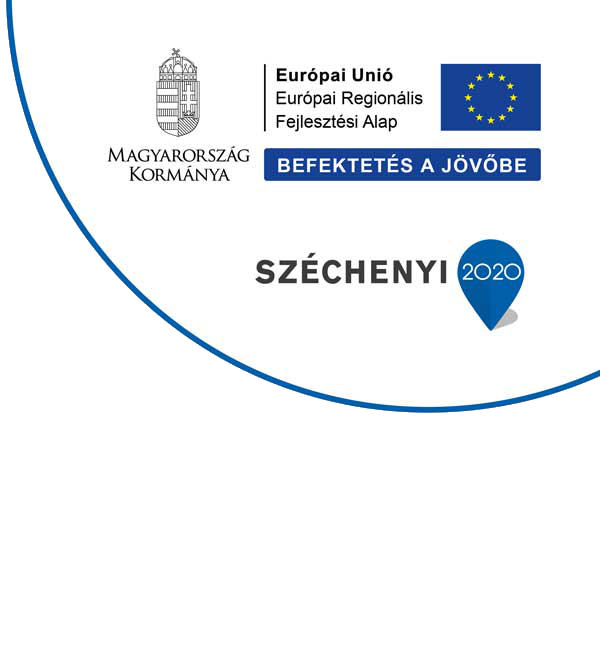Innovation is a Team Sport!
In our new portrait series, we present some important members of our team who contribute to our success with their work.
Professor Péter Mátyus (Semmelweis University, PTE, E-Group) works in exciting research areas. A particularly interesting area of his pharmaceutical innovation research is drug repositioning, the application of a drug already used for therapeutic purposes in other medical fields.
A common example of drug repositioning is the story of Viagra, a drug that was originally intended for cardiovascular diseases, but it has become a pioneer in other fields. The creativity of researchers and developers is clearly demonstrated by the fact that they were able to recognize and leverage the pharmacological and business potential of Viagra.
Developing a new substance takes 12-13 years of preparation before launching it on the market, since the efficacy and security of the drug for therapeutic purposes must be justified. This requires a wide range of preclinical research and development, ’in vitro in vivo’ testing. In many cases, despite the encouraging results of preclinical trials, only during the clinical trials does it become clear that the drug has got an undesirable effect that disqualifies it from use in human medicine or it may be proven efficacious. If an existing medicinal product is to be used in new areas, the time for authorization will be significantly shortened, since data, including human use, are already available for that medicinal product. This period can be reduced to up to 3-5 years. The coronavirus epidemic has drawn everyone’s attention to pharmaceutical innovation and drug repositioning, with the help of which drug development can be rapid enough to combat viral infection as soon as possible.
The amount of medical data being shared by different data sources is rapidly increasing. Publicly available data on illnesses, available drugs and their efficacy allow IT to provide significant contribution to the work of Professor Mátyus and other researchers. The InnoHealth DataLake project is a collaboration of high-quality medical/biomedical research and data-driven innovative IT solutions. Within the InnoHealth DataLake project, E-Group and the University of Pécs is building a bridge to connect the medical and biomedical fields with data driven IT capabilities to support healthcare and R&D&I (Research and Development and Innovation).
The analysis of health-related data offers opportunities for healthcare service and innovation in a wide range of areas. For instance, in the field of oncology care, during a therapeutic treatment of a patient, it aids in choosing the appropriate direction of therapy. Another example is the care for traumatic brain injuries, with the help of data, the selection of biomarkers best supporting the monitoring becomes more efficient.
Health-related data can also be helpful from a health economic perspective. By analyzing the effects of drugs, their cost-effectiveness can also be determined. This requires the analysis of treatment data from a large number of patients. The method can help determine which formulation is eligible for NEAK (National Health Insurance Fund of Hungary, formerly OEP) support.
“The InnoHealth DataLake project covers a wide range of medical fields. The set of sub-projects was organized to illustrate the possibilities of data-driven health care and pharmaceutical innovation, in which each of the subprojects focus on an important use-case or area.”
A good example of this is the stroke project. When a sudden stroke is diagnosed, in most cases, its severity and nature are not known, nor the type of care the patient will eventually need. Therefore, the patient may also be transported to a location where the appropriate conditions for treatment are not met. This can significantly impair the effectiveness of the intervention, as in the case of a stroke, the time window of the intervention can be very narrow. If there was a way to know the type of care the patient will need during the patient transport, it will significantly contribute to the success of the treatment. With the help of a system based on video communication, it is possible to scale the condition of the patient (determine the type of intervention needed) and the patient will be transported to an appropriate place of care, thus minimizing the extent of health damage. This example illustrates that health data has become an indispensable player in almost all areas of healthcare today, from prevention through patient care to drug innovation.




